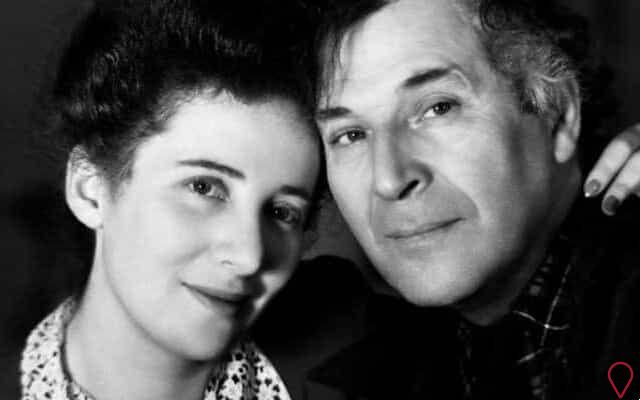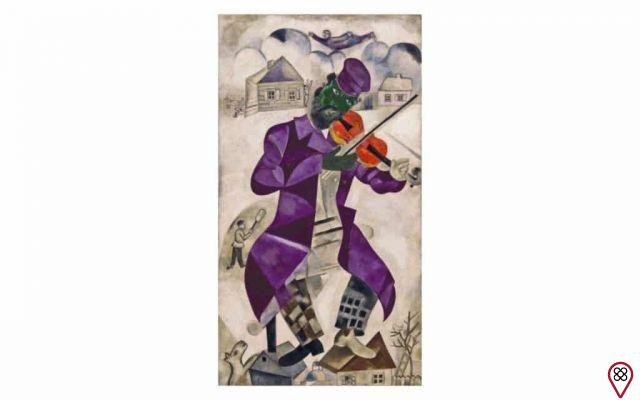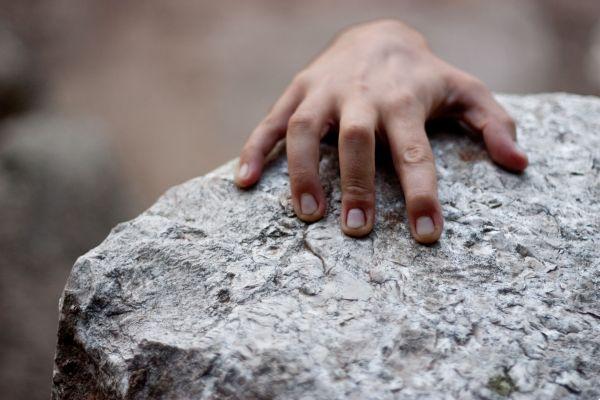Marc Chagall was an exceptional artist and a human being who survived two great wars. When reading about his life, I was quite impressed by how active his life was in maturity: in addition to his paintings, which made him famous, he also discovered stained glass, at age 70, and painted them masterfully.
How can we see the seven years (periods of seven years) marked in the life of this great being?
First Septennium (0-7) – “The World is Good”

Chagall was born in 1887 into a Jewish family of humble origins, being the eldest of nine children. He was educated at a religious school. His work is largely influenced by his religious life and the village in which he was born and where he was confined, due to his Jewish origin. His biographer would say that, despite having become an internationally known artist, his scope of work would never exceed his memories of his city's landscapes.
Second Septennium (7-14) – “The World is Beautiful”
In addition to the seven years, we live several other cycles. The Jupiterian cycle, for example, is 12 years old. Usually at or near this stage, the preteen can get a glimpse of his vocation. The Jupiterian cycle has to do with creativity, the profession and also with expansion.
At age 13, Chagall was sent to Russian secondary school. It was there that, seeing a colleague drawing, he had an epiphany, and, following his advice, he started copying pictures from books.
Chagall was incredibly impacted by beauty, so important in this seven years, and he replicated it in his life, through his art.
Third Septennium (14-21) – “The World is True”
The lunar node, which occurs at age 18,5, is an opportunity to reassess one's trajectory, leaving behind what no longer serves and recalculating the route.
On that occasion, Chagall begins to study painting, but does not feel identified with the school, having changed a few months later.
There, his mentor goes on to suggest that he embrace his ancestry, incorporating it into his art.
Reproducing his “truth” in his art was the key to the artist's success.
Fourth Seventh Year (21-28) – “Centaur”

In the seven years in which the man merges with the experience, Chagall meets Bella Rosenfeld, who would become his muse and, at 28, his wife.
He moves to Paris and also meets Picasso, who stated that, after Matisse, Chagall was the only one who really understood colors. He said, "he must have an angel in his head."
In 1914, at the age of 27, with the outbreak of the First World War, he stays in his hometown, since the borders had been closed. He decides to become famous in order to be accepted as Bella's husband, as her parents worried about how he would support her. He begins to paint more bucolic images, and his work gains visibility.
Fifth Seventh Year (28-35) – “Knight”
In this seven-year period, man wants to know how the world is organized and how he should organize himself. He wants to do the opposite of what he did at 21-28: if he traveled, he now wants to put down roots.
Chagall marries, at the age of 28, and settles in his hometown. Even with the end of World War I, the Russian Civil War continued, and Chagall and his family, which now included a son, faced many financial difficulties.
Sixth Seventh Year (35-42) – “Wanderer”
We have reached the “half” of life, the age of 35, when, then, nothing happens unless the individual is internally motivated, and unless he himself moves to make it happen.
On the occasion of the second lunar node, we again have the opportunity to review life and choose a new path. At age 36, Chagall chooses to return to Paris.
Seventh Seventh (42-49) – Mirrors the Seventh of 14-21

The truth experienced in adolescence now takes on a personal aspect, and the motto becomes: be “true to me”.
The life mission starts to appear more strongly and has to do with that intrinsic motivation that appeared in the previous seven years, when life is no longer being so strongly determined by external circumstances.
It was in this cycle that Chagall met Israel, where he felt at home. There he received the mission to paint the Old Testament, that is, to paint the truth in which he had always believed. It was an extremely productive period and, on his return to France, he produced 32 pieces.
Eighth set of years (49-56) – Mirrors the set of 7-14
With the rise of Nazism, Chagall received help and left with his family for America, after having his name included in a list of artists that the United States should protect. In the seven years that mirror the one in which he found art, his art saved him.
His hometown was devastated by the Germans, and his wife Bella died abruptly when Marc was 56 years old.
Chagall decides to stop painting for a while—on the occasion of the crisis caused by the third lunar node, whose question is: “What do I still have to accomplish?”
Ninth Sep (56-63) – Mirrors the Sep from 0-7
At 57 years old, Chagall writes a poem regretting having one day left his land.
In the seven-year period called “New Life”, he meets Virginia and they begin a relationship that lasts seven years (a seven-year period), also having a daughter with her.
At the age of 59, shortly after the end of the war, MOMA, in New York, has a large exhibition of his works. At age 60, Chagall returns to live in Paris.
After the age of 63 – “Free years”
In the so-called free years, we no longer have such a great influence of the impulse that we bring from the past, of what we came to do.
At this time, Chagall remarried and expanded his artistic field. His work, in the words of his biographer Goodman, translated his inner and outer world. The artist painted the famous stained glass windows, as well as murals, stages and costumes for theatre, tapestry, ceramics and culture, working until 16 pm on the day of his death at the age of 00—an inspiring and extremely productive maturity.
The importance of reviewing your biography
This is just a small example of a rich biography. As we review our biography in a systematic way, we can see there our strengths and abilities, how we overcome obstacles and what we can still do in maturity.
You may also like
- Use art to bring happiness to others
- Reflect on the reason for your life
- Enjoy the experiences of your existence
Here is my invitation for you to start today!

























